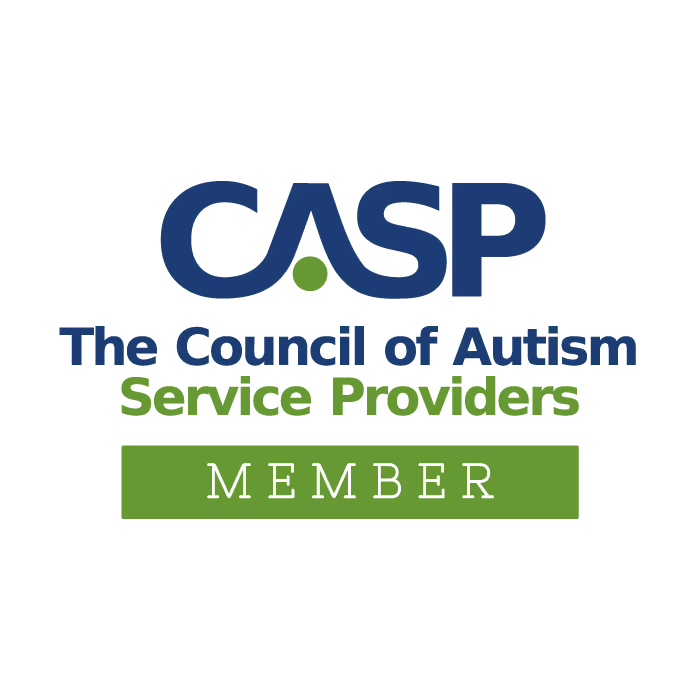Around the 4th or 5th month of a baby’s development, he will roll over from being on his tummy to his back. This is often purely accidental; he does not have the ability to control his weight-shifting on his tummy and often tips over as a result. Around the 5th or 6th month, a baby will have the abdominal strength to lift up his feet and roll over from his back to his tummy. Many of the kids I see are infants and toddlers who somehow missed this important step, or who didn’t start rolling until after the 9th month. Many of the parents I talk to didn’t give this a second thought until they noticed delays in other skills later on in their children’s growth.
Why is rolling so important?
A healthy, typically developing infant is constantly moving. Like the rest of his body, his musculoskeletal and nervous systems are constantly maturing. As he gains strength in all his big muscle groups, he is also learning how to control his limbs. Motor control is an important aspect of a baby’s neuromuscular growth. Rolling encourages postural muscle recruitment (including the back extensors, hip flexor/extensors, the obliques, and the abdominals). The muscles need to be strong before a baby can learn to crawl, stand, or walk.
The segmental volitional rolling that babies learn to do also encourages trunk dissociation. Through rolling, they learn to separate the movement of their limbs from the movement of their head and trunk. Through these transitional positions, they learn to balance the muscles on the front of their body with the muscles on the back and sides. When they roll to one side of their body, they are elongating that side and contracting the other. It is through this unilateral segmented use that children develop their sequential motor skills – crawling, walking, and most other locomotion skills require the ability to separate one side from the other and separate limb movements from trunk movements.
How can parents help encourage rolling?
- Start early. This is similar advice I give to parents about increasing infant tummy time: get down on the floor and play with him. Encourage him and motivate him with toys, sounds, lights, and faces. Start as early as you can. Babies have certain built-in reflexes that help them roll to their side if they just turn their head (the neck-righting reflex).
- Ease in. The more a baby rolls, the more input he receives from his environment to his big muscle groups. Our job is to introduce him to his environment and help him tolerate each new position. His own maturation process will take it from there. Play with him when he is on his tummy or back, then help him to his side and play with him there.
- Engage your child, step-by step. With your baby on his back, place a toy just out of reach. Help lift one of his legs and bend his hip to 90 degrees or higher. Slowly cross his leg over the other hip. Wait for him to turn his upper body and kick in his trunk muscles. Your pressure across his hips should be firm, but gentle.
- Practice. Practice. Practice. And repeat.














